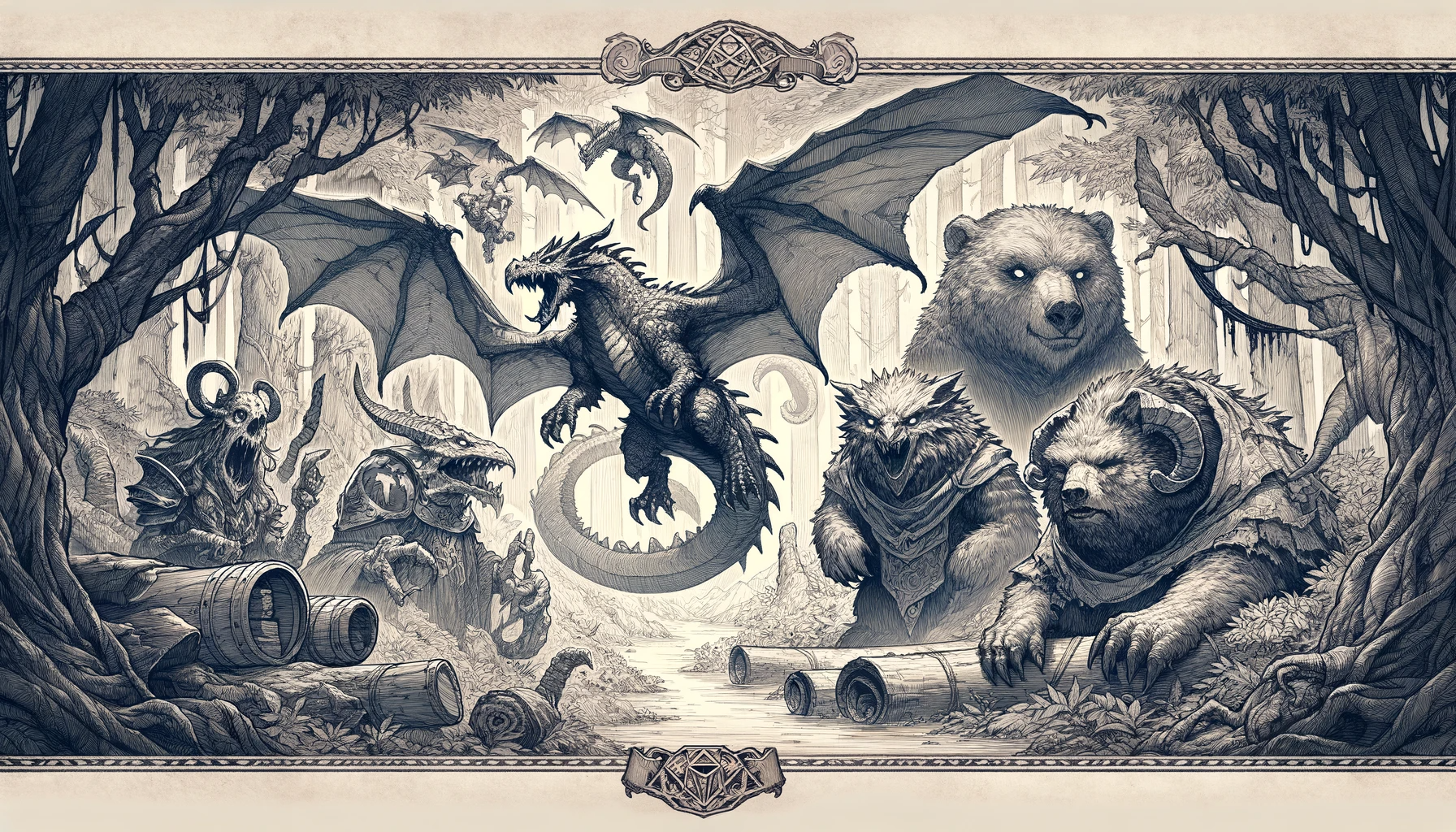Embalm (AD&D 2E): Difference between revisions
(Created page with "{{Infobox Spell2E | Name = Embalm | DnDClass = Wizard | Level = 2 | LevelName = 2nd Level Spell | School = Necromancy, Alteration | Range = Touch | Save = None | Duration = Permanent | Components = V, S, M | AoE = 1 corpse | CastingTime = 2 rounds | SubField = | SourceShort = TSR2151 | SourceLong = TSR2151 - DMGR7 - The Complete Book of Necromancers, Page 50 | Vault = Yes | Spel...") |
No edit summary |
||
| Line 17: | Line 17: | ||
| Spell2E = Yes | | Spell2E = Yes | ||
| First Letter = E | | First Letter = E | ||
| SpellDescription = | | SpellDescription = An embalm spell enables the caster to protect a corpse (or a harvested part thereof) against the natural forces of decay and dissolution, until some later time when it is needed for a spell. If me embalmed cadaver is later animated as a zombie, golem, or other form of animated undead, the creature gains +2 hit points per hit die (8 hp/HD maximum) because of the greater strength and resiliency imparted by the spell to the dead tissue. It has no beneficial effect if cast on skeletal remains or on previously animated undead. | ||
Thus preserved, a corpse permanently retains the same odour and appearance it had at the time of casting. Embalm does not reverse the effects of putrefaction, but it does prevent any further decay of an individual's physical remains. Unlike more powerful spells (such as Nulathoe's ninemen (FOR) or the clerical spell spirit bind), embalm does not facilitate subsequent resurrection of a corpse. The material component is a drop of vinegar. | |||
}} | }} | ||
[[Category:Page Needs Extra Detail]] | [[Category:Page Needs Extra Detail]] | ||
Revision as of 02:06, 1 June 2024
| Embalm | |
|---|---|
| 2nd Level Spell, Necromancy, Alteration | |
Range: Touch Duration: Permanent Area of Effect: 1 corpse |
Components: V, S, M Casting Time: 2 rounds Saving Throw: None |
| Description: An embalm spell enables the caster to protect a corpse (or a harvested part thereof) against the natural forces of decay and dissolution, until some later time when it is needed for a spell. If me embalmed cadaver is later animated as a zombie, golem, or other form of animated undead, the creature gains +2 hit points per hit die (8 hp/HD maximum) because of the greater strength and resiliency imparted by the spell to the dead tissue. It has no beneficial effect if cast on skeletal remains or on previously animated undead.
Thus preserved, a corpse permanently retains the same odour and appearance it had at the time of casting. Embalm does not reverse the effects of putrefaction, but it does prevent any further decay of an individual's physical remains. Unlike more powerful spells (such as Nulathoe's ninemen (FOR) or the clerical spell spirit bind), embalm does not facilitate subsequent resurrection of a corpse. The material component is a drop of vinegar. | |
| Source: TSR2151 - DMGR7 - The Complete Book of Necromancers, Page 50 | |
